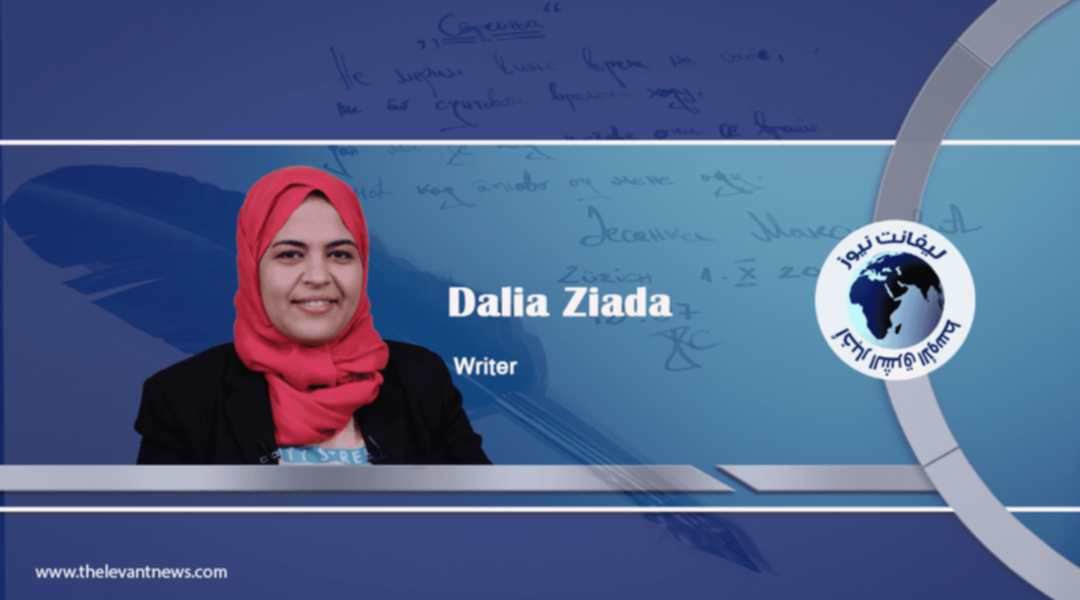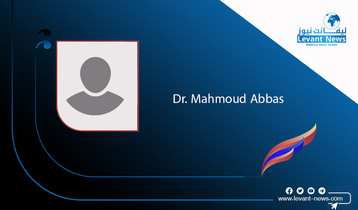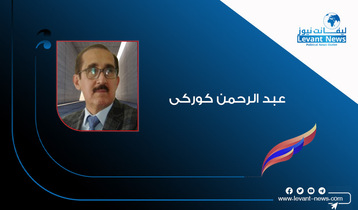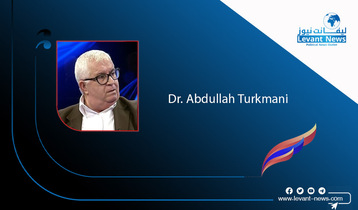-
Regional Echoes of the Iranian Uprising

The resilience of the highly disciplined Iranian protesters has not worn, for the fourth week in a row, despite the deadly repression applied by the guards of the Mullah regime. The women-led rallies, which have been sparked by the killing of Mahsa (Jina) Amini, a young Iranian Kurdish woman, at the hands of the morality police for not appropriately donning her headscarf, are now turning into a popular uprising that is hard rocking the entire Islamic Republic.
Exposing the ugly face of the theocratic hardliners is, presumably, the greatest achievement of the ongoing Iranian protests. The youth stand up for restoring their stolen individual freedoms underlines that there is no difference between the Mullah-led regime in Iran and the Taliban regime in neighboring Afghanistan, except the former being a Shiite and the latter being a Sunni. Both regimes are founded on a religious extremist ideology that derives power and legitimacy from systematic discrimination against fragile social groups, particularly women and ethnic minorities.
The diverse layers of Mahsa Amini’s identity as a woman and a Kurd instigated unprecedented regional solidarity with the Iranian protesters, especially in the Levant countries. Kurdish Human rights activists emphasized that Jina and her family were subjected to cruel police treatment mainly because of their ethnicity. The Iranian regime is notorious for practicing systematic discrimination against the Kurdish minority in Iran, as well as in Syria and Iraq.
That explains why the assault on Jina echoed loudly in the Kurdish-controlled regions in Syria and Iraq. In northern Syria, hundreds of women took to the streets to set their headscarves on fire and cut their hair to show solidarity with the suppressed Iranian sisters. In Iraq’s Kurdistan region, dozens of activists gathered outside the United Nations office to protest the tyranny of the Iranian regime and call for justice. ‘Women, life, freedom’ and ‘death to the Mullah regime’ are the slogans chanted the most by Iranian protesters and sympathizers worldwide.
Despite being a minority, the Kurds in Iran are a large population of 15 million citizens, about 17% of the Iranian population. More than 45% of the Iranian Kurds are young people. Most of them are well-educated despite their miserable living circumstances, with limited access to governmental services, in purposefully impoverished cities in northwestern territories close to Iran’s borders with Iraq.
The Kurdish culture favors a secular rather than religious way of living. The Iranian Kurds are among the most politically active groups in Iran. They were among the first social groups to form communist political parties in the 1950s and 1960s. For that reason, the Iranian Mullahs saw them as an existential threat in both political and ideological terms. Since the foundation of the Islamic Republic in 1979, the Kurds have been growing as steadfast political opposition to their religious-based rule. Ruhollah Khomeini, the first Supreme Leader, had publicly instructed the ‘elimination’ of the Kurds because of their Marxist / communist beliefs, which he labeled as a threat to Islam.
While failing to repress the internal protests, which have been growing by a snowball effect, Tehran decided to target the sympathizing Kurds in neighboring Iraq with missiles and drones. On September 29th, as demonstrations entered the twelfth day, the Iranian Revolutionary Guard (IRGC) launched a missile attack on the Kurdish cities of Koya and Qala in northern Iraq (about 60 km eastern Erbil). The unjustifiable Iranian offensive killed seventeen people, including a pregnant woman, and injured 58 civilians.
The IRGC leadership justified the attack by chasing the Kurdish separatists, who have been leaking into Iran to participate in the protests. The IRGC, then, warned that the missile attacks on northern Iraq “will continue with full determination until the threat is effectively repelled.” The Iranian offensive on the Iraqi Kurdistan region is not the first. Tehran has been regularly attacking Kurdish communities in northern Iraq, since 2016, under the claim of chasing terrorists.
A few days later, Ayatollah Khamenei, Iran’s Supreme Leader, claimed, in a speech, that the protests are part of a western conspiracy against Iran. The next day, the commander of IRGC’s Land Forces accused Israel of "using anti-Revolutionary Guard bases in the northern region of Iraq to its advantage.” He argued that despite Iran's repeated pleas to the Iraqi central government, no action was taken, leaving Tehran with little choice but to directly shell the Kurdistan area to push against Israel’s growing influence there. He claimed that the recent Iranian attacks struck 40 targets run by Israel and Kurdish separatist groups in northern Iraq.
Blaming the United States, Israel, and the Kurds in neighboring countries is one of the old tricks the Mullahs use whenever they face angry protests at home. The alleged foreign interference in Iranian affairs has succeeded before in demonizing the political opposition, justifying the regime’s suppression of the demonstrators, and keeping ordinary citizens in a state of constant panic from an imaginary external enemy called the West, in a way that directly serves the ruling regime and strengthen its power. However, this deceitful technique is not expected to save the Mullahs, this time, amid this unprecedented street rage.
The current protests are expanding, spatially and politically, beyond the borders of Iran and the perceptions of the Iranians. This special momentum may be the end of the Islamic Republic of Iran, and it may also be the end of the Levant as we know it and the rebirth of a better reality in the most turbulent area in the geography of the Middle East.
BY: Dalia Ziada
You May Also Like
Popular Posts
Caricature
BENEFIT Sponsors BuildHer...
- April 23, 2025
BENEFIT, the Kingdom’s innovator and leading company in Fintech and electronic financial transactions service, has sponsored the BuildHer CityHack 2025 Hackathon, a two-day event spearheaded by the College of Engineering and Technology at the Royal University for Women (RUW).
Aimed at secondary school students, the event brought together a distinguished group of academic professionals and technology experts to mentor and inspire young participants.
More than 100 high school students from across the Kingdom of Bahrain took part in the hackathon, which featured an intensive programme of training workshops and hands-on sessions. These activities were tailored to enhance participants’ critical thinking, collaborative problem-solving, and team-building capabilities, while also encouraging the development of practical and sustainable solutions to contemporary challenges using modern technological tools.
BENEFIT’s Chief Executive Mr. Abdulwahed AlJanahi, commented: “Our support for this educational hackathon reflects our long-term strategic vision to nurture the talents of emerging national youth and empower the next generation of accomplished female leaders in technology. By fostering creativity and innovation, we aim to contribute meaningfully to Bahrain’s comprehensive development goals and align with the aspirations outlined in the Kingdom’s Vision 2030—an ambition in which BENEFIT plays a central role.”
Professor Riyadh Yousif Hamzah, President of the Royal University for Women, commented: “This initiative reflects our commitment to advancing women in STEM fields. We're cultivating a generation of creative, solution-driven female leaders who will drive national development. Our partnership with BENEFIT exemplifies the powerful synergy between academia and private sector in supporting educational innovation.”
Hanan Abdulla Hasan, Senior Manager, PR & Communication at BENEFIT, said: “We are honoured to collaborate with RUW in supporting this remarkable technology-focused event. It highlights our commitment to social responsibility, and our ongoing efforts to enhance the digital and innovation capabilities of young Bahraini women and foster their ability to harness technological tools in the service of a smarter, more sustainable future.”
For his part, Dr. Humam ElAgha, Acting Dean of the College of Engineering and Technology at the University, said: “BuildHer CityHack 2025 embodies our hands-on approach to education. By tackling real-world problems through creative thinking and sustainable solutions, we're preparing women to thrive in the knowledge economy – a cornerstone of the University's vision.”
opinion
Report
ads
Newsletter
Subscribe to our mailing list to get the new updates!




















